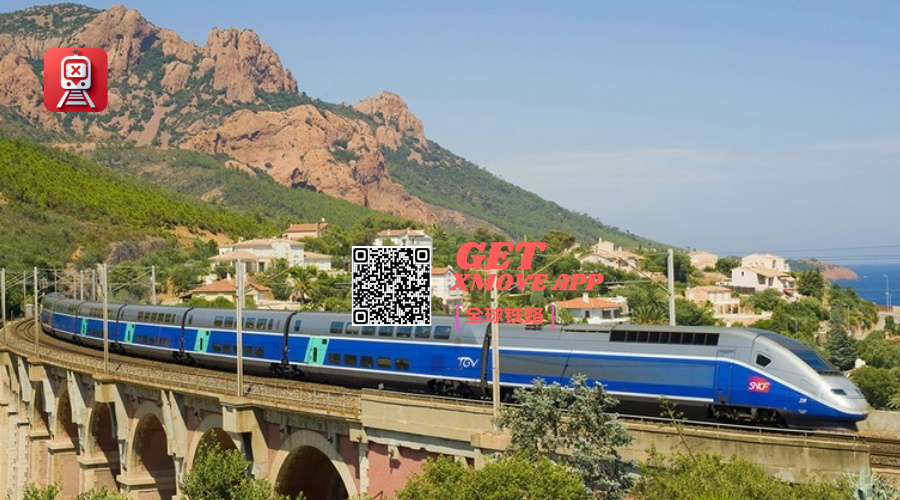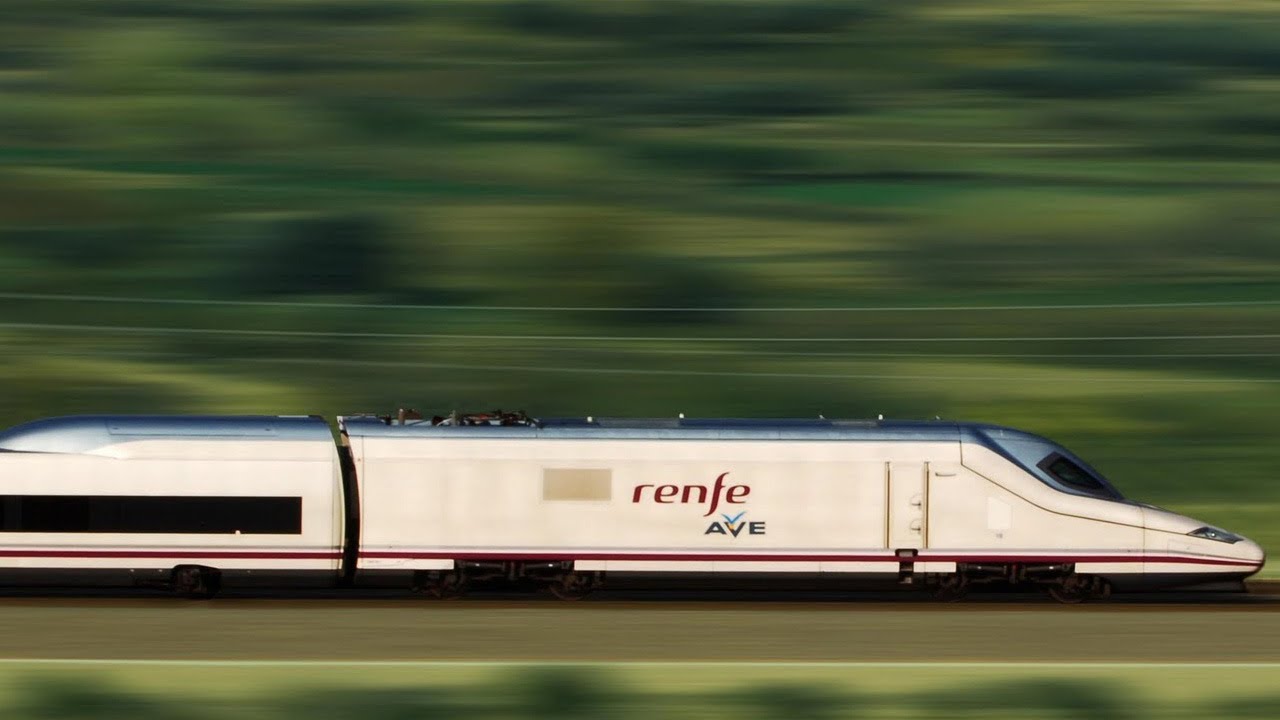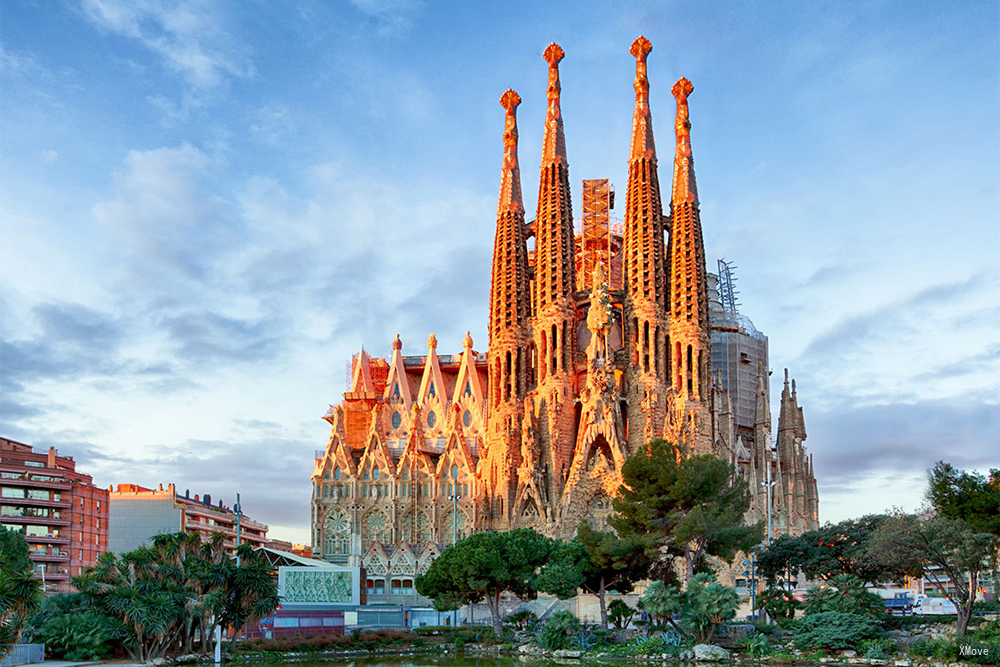
Ultimate Guide To FlixBus/FlixTrain
Friends who live in Europe know that buses are currently one of the cheapest ways to travel in Europe. Flixbus is currently the largest long-distance bus company in Europe.
At present, Flixbus not only does business in popular tourist cities, but most of the large residential towns in Europe have bus stations, including Germany, France, Italy, Netherlands, Poland, Czech Republic, Denmark, Sweden, Norway, Switzerland, Spain , Portugal, Hungary, Austria, Croatia, Belarus and other countries. Among them, the German route is the cheapest. Flixbus began to expand to the United States in 2018, and currently has thousands of sites in the United States.
...

Ultimate Guide to French Railway
The French railway system is planned and constructed by the French National Railway Agency (Socicte Nationalc des Chemins de Fer Francais, abbreviated as SNCF). The route is centered on Paris and woven in all directions, including high-speed trains (Train a Grande Vitesse, abbreviated as TGV). Routes, and general train routes that go to cities and towns. Among these general train routes, the nationwide inter-regional route is called the "Grande Ligne" (GL for short), and the routes that only travel within a single area are collectively called "Regional Rapid Transport System" (Transports Express Regionaux, referred to as TER).
(https://sematicweb.detie.cn/railways/...

Ultimate Guides to Spain Railways
Like the rail network in most parts of Europe, traveling by train in Spain is simple, economical and efficient.
You should understand that Spain’s transportation infrastructure is generally quite mature, but did you know that Spain ranks behind China and has the second most high-speed rail in the world? Japan has the title of fastest high-speed rail, but Spain's high-speed rail ranks fifth.
Spain is a relatively small country, which means you can easily, cheaply and quickly see more of Spain. All train travel in Spain goes through Renfe-Spain’s nationalized railway network (Red Nacional de F'errocarriles Espafioles), which operates regular city-to-city, inner-city regiona...










